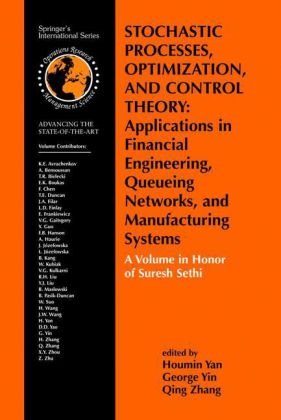- 2 402 202 книги
- Поиск
libcats.org









Option-Implied Risk-Neutral Distributions and Risk Aversion
Jens Carsten JackwerthAnalysts are accustomed to using prices for the information they contain. A stock price, for example, can be thought of as an expected value of future cash flows. Each futures price and option price tells the analyst a bit more about the probability distribution under which those expectations should be accepted. These pieces of information provide the probability distribution of the price. In this Research Foundation monograph, Jens Jackwerth explains why for pricing purposes, the analyst uses the risk-neutral distribution and details the pitfalls of applying this distribution immediately for forecasting. Finally, the risk-neutral distributions can be compared with estimated actual distributions to uncover investor risk preferences. Jackwerth warns, however, of an empirical irregularity that is emerging: The risk-neutral distribution, the actual distribution, and the implied preferences are incompatible with each other.
Скачать книгу бесплатно (pdf, 700 Kb)
Читать «Option-Implied Risk-Neutral Distributions and Risk Aversion»
Читать «Option-Implied Risk-Neutral Distributions and Risk Aversion»
EPUB | FB2 | MOBI | TXT | RTF
* Конвертация файла может нарушить форматирование оригинала. По-возможности скачивайте файл в оригинальном формате.
Популярные книги за неделю:

Проектирование и строительство. Дом, квартира, сад
Автор: Петер Нойферт, Автор: Людвиг Нефф
Размер книги: 20.83 Mb

Система упражнений по развитию способностей человека (Практическое пособие)
Автор: Петров Аркадий НаумовичКатегория: Путь к себе
Размер книги: 818 Kb

Сотворение мира (3-х томник)
Автор: Петров Аркадий НаумовичКатегория: Путь к себе
Размер книги: 817 Kb

Радиолюбительские схемы на ИС типа 555
Автор: Трейстер Р.Категория: Электротехника и связь
Размер книги: 13.64 Mb
Только что пользователи скачали эти книги:

Пирамиды гипотез, гробницы фактов
Автор: Арефьев АлександрКатегория: Научная литература
Размер книги: 110 Kb

Inorganic Substances: A Prelude to the Study of Descriptive Inorganic Chemistry (Cambridge Texts in Chemistry and Biochemistry)
Автор: Derek W. SmithКатегория: Химия
Размер книги: 10.02 Mb

Stochastic Processes, Optimization, and Control Theory: Applications in Financial Engineering, Queueing Networks, and Manufacturing Systems: A Volume in ... in Operations Research & Management Science)
Автор: Houmin Yan, Автор: George Yin, Автор: Qing Zhang
Размер книги: 3.57 Mb

Aşk ile Nefret Arasında Türkiye'de Toplumun Batı Algısı
Автор: Bekir Berat Özipek, Автор: İbrahim Kalın, Автор: Kudret Bülbül
Размер книги: 1.38 Mb

The Mammoth Book of Short Erotic Novels
Автор: Jakubowski Maxim, Автор: Hemmingson MichaelКатегория: fiction
Размер книги: 791 Kb




